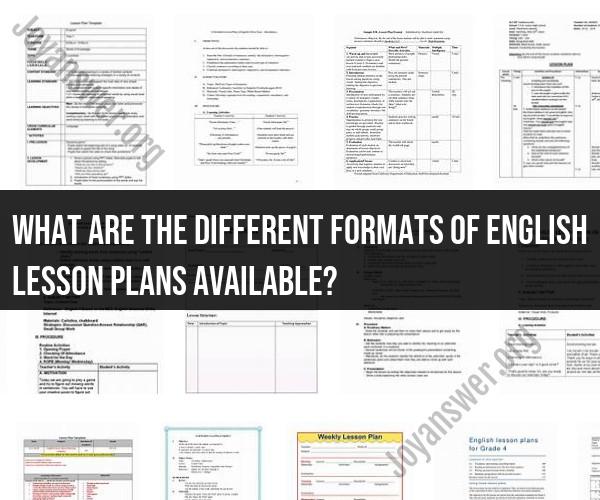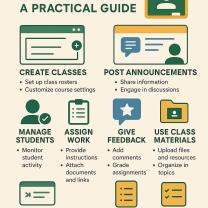What are the different formats of English lesson plans available?
Creating effective lesson plans is a cornerstone of successful teaching. In the realm of English language instruction, various lesson plan formats offer structure and guidance for educators. In this article, we delve into different English lesson plan formats, providing a comprehensive overview to assist educators in crafting engaging and impactful lessons.
Importance of Lesson Plans
Lesson plans provide a roadmap for instruction, ensuring that educational objectives are met and learning outcomes are achieved.
Key Components of Lesson Plans
Regardless of the format, a well-designed English lesson plan includes:
- Clear objectives and learning outcomes
- Engaging activities and resources
- Assessment methods to measure student progress
Exploring Different Formats
1. Traditional Format
This format includes sections such as:
- Lesson title and grade level
- Objectives and standards
- Materials and resources
- Introduction, main activity, and conclusion
- Assessment methods
2. Backward Design
This format focuses on starting with the desired outcomes and designing activities to achieve those outcomes.
3. SIOP (Sheltered Instruction Observation Protocol)
Primarily used for English learners, this format emphasizes language development alongside content instruction.
4. Task-Based Learning
Lessons are organized around tasks that require students to apply language skills to real-world situations.
5. Project-Based Learning
Students work on extended projects that integrate language skills with other subject areas.
Choosing the Right Format
Consider factors such as:
- Student needs and proficiency levels
- Learning objectives and outcomes
- Teaching style and preferences
Benefits of Using Different Formats
Each format offers unique advantages, such as:
- Addressing diverse learning styles
- Promoting language acquisition
- Fostering critical thinking and creativity
Conclusion
Exploring various English lesson plan formats empowers educators to tailor instruction to meet the needs of their students effectively. By understanding the key components and benefits of different formats, English teachers can create engaging and meaningful learning experiences that enhance language proficiency and promote academic growth.













